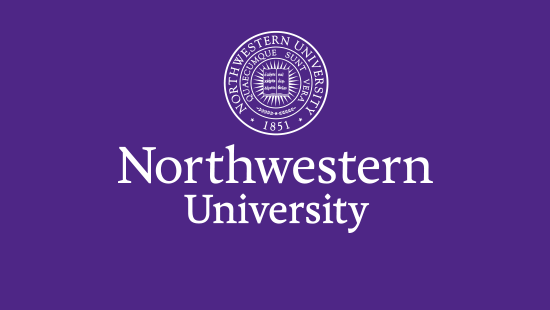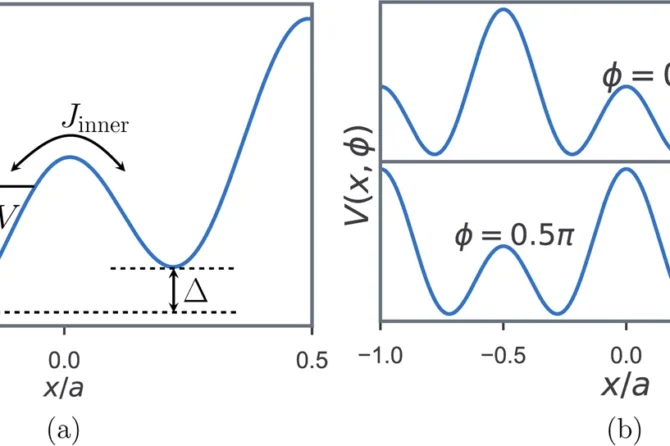Northwestern University researchers have made a breakthrough in maintaining quantum networks despite their inherent instability. The study, published in Physical Review Letters on January 23, demonstrates how quantum networks can be sustained by strategically rebuilding lost connections.
The core challenge in quantum networks stems from their use of entangled photons. While these particles offer immense potential for quantum computing and communications, they can only be used once. When two computers communicate using entangled links, the communication process itself destroys these links, making them unusable for future transmissions. This is fundamentally different from classical communications, where infrastructure can handle multiple messages repeatedly.
The research team, led by István Kovács, assistant professor of physics and astronomy at Northwestern’s Weinberg College of Arts and Sciences, developed a model to understand and address this challenge. They discovered that by adding a specific number of new connections after each communication event, the network can reach a stable state, albeit in an altered form.
A key finding of the study is the surprisingly efficient number of new connections needed to maintain network stability. The researchers determined that the critical number of links that must be added after each communication event is merely the square root of the total number of users. For instance, in a network with 1 million users, only 1,000 new links need to be established for each qubit of information transmitted. This is far more efficient than previously expected, as it was thought the number might increase linearly or even quadratically with the user count.
Xiangi Meng, one of the study’s first authors and now an assistant professor at Rensselaer Polytechnic Institute, explained that quantum entanglement enables quantum particles to communicate and perform complex tasks while ensuring security against eavesdropping. However, the challenge lies in maintaining these connections as they are consumed during use.
The research team’s approach involved creating a simplified model of users within a quantum network. They studied how networks behave under constant change by allowing users to randomly select communication partners and then removing the links along the most efficient communication paths between them. This process, termed “path percolation,” demonstrates how networks gradually break down with each communication event.
The study’s findings have significant implications for the future of quantum internet design. Unlike the classical internet, which evolved naturally due to technological constraints and user behavior, quantum networks can be deliberately designed for optimal performance and resilience. Kovács suggests that these insights could lead to the development of automated systems that add new links as others disappear, creating a more robust quantum network.
The research demonstrates a delicate balance in maintaining quantum networks. Adding too many connections can overwhelm resources and create inefficiencies, while too few connections can leave the network fragmented and unable to meet user demands. The team’s discovery of the optimal number of replacement links provides a crucial guideline for future quantum network development.
This breakthrough could significantly impact the development of quantum communications infrastructure, potentially enabling ultra-fast computing and highly secure communications systems. The ability to maintain stable quantum networks with minimal resource overhead represents a major step forward in making quantum communications practical and scalable.
Reference: “Path Percolation in Quantum Communication Networks” by Xiangyi Meng, Bingjie Hao, Balázs Ráth and István A. Kovács, 23 January 2025, Physical Review Letters. DOI: 10.1103/PhysRevLett.134.030803



